Christmas cactus mistakes – 5 common plant-care errors to steer clear of
It’s essential to avoid these mistakes for a healthy holiday houseplant, from overwatering to providing too much light


Holly Crossley
With their spectacular, seasonal display, Christmas cactuses are a favorite for brightening the home during the holidays. And due to their verdant, trailing stems, they continue to look fabulous for the rest of the year – if you look after them properly.
Christmas cactus plant care is a little trickier than you might expect. So, it’s worth getting to grips with what not to do in terms of watering, lighting, and more. This will help you fend off bud-drop, wilting, and other issues that can spoil their appearance and even lead to their demise.
Below, you’ll find five essential things to avoid when looking after these tropical plants, alongside helpful tips from the experts.

Give your Christmas cactus what it needs and you'll be rewarded with vibrant blooms
5 Christmas cactus mistakes and how to avoid them
As with all indoor plants, getting the growing environment right for your Christmas cactus is key to helping it thrive.
1. Overwatering
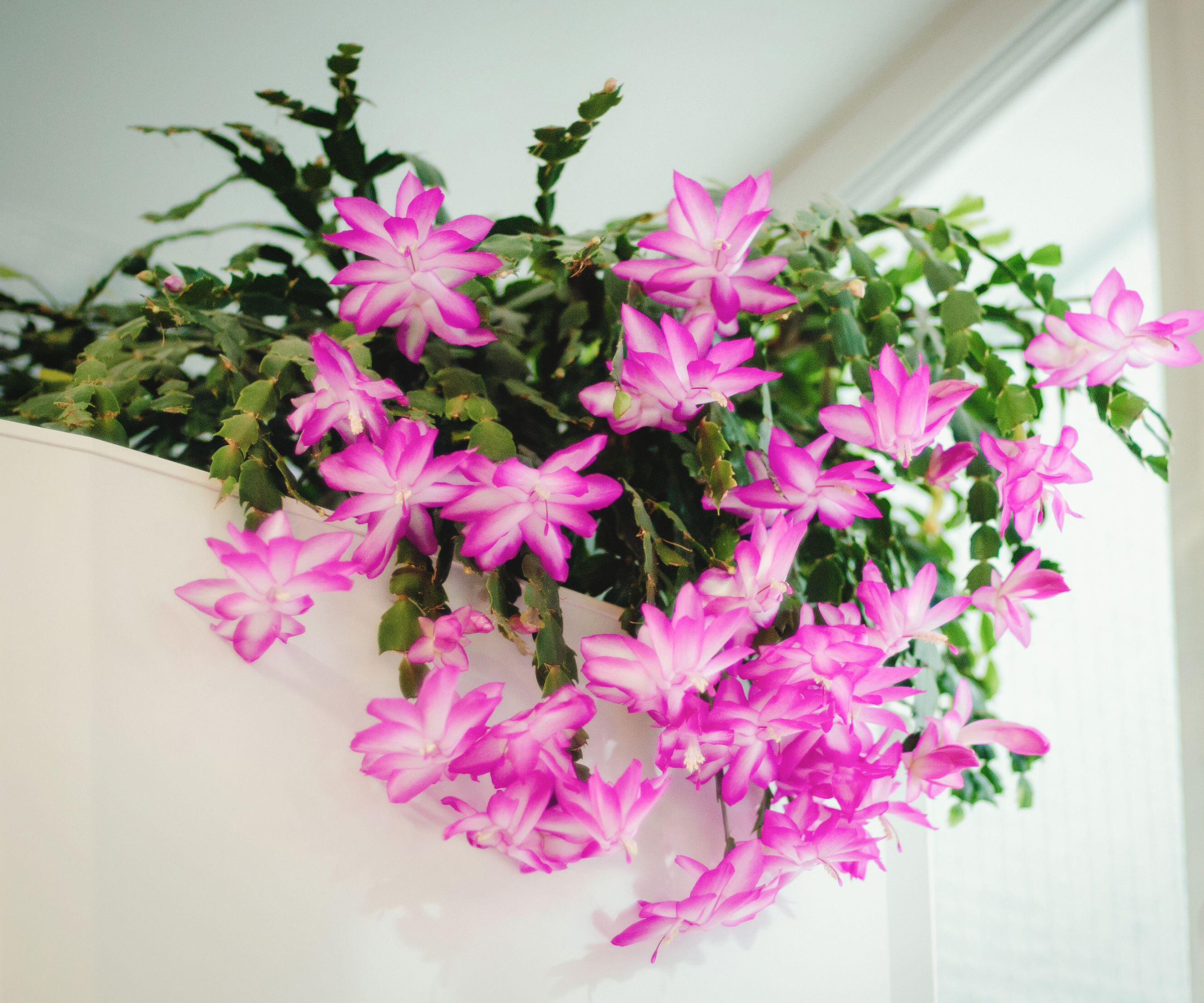
Avoid waterlogging your Christmas cactus, as this can lead to problems such as root rot
It’s important to know how often to water houseplants, but this is sometimes overlooked. Like all succulents, Christmas cactuses are sensitive to overwatering, so always err on the side of caution.
'An overwatered Christmas cactus will have droopy wilted leaves, darker-colored leaves, and even black spots,' says Autumn Janus of Perfect Plants Nursery. These are all signs of root rot, also a common fiddle leaf fig problem, which is what your plant will experience if watered too much.
The soil is a good indicator of how often to water a Christmas cactus – poke your finger into it before you water, to check that the top inch is nice and dry. Good drainage in your container is also crucial for root health.

Autumn is a horticulture specialist and marketing professional at Perfect Plants Nursery. With four years of experience in the horticulture industry, she has developed a passion for helping people create beautiful indoor and outdoor spaces to enjoy. Her expertise in horticulture encompasses a broad range of activities, including plant care and selection, landscape design, and maintenance.
2. Not enough humidity
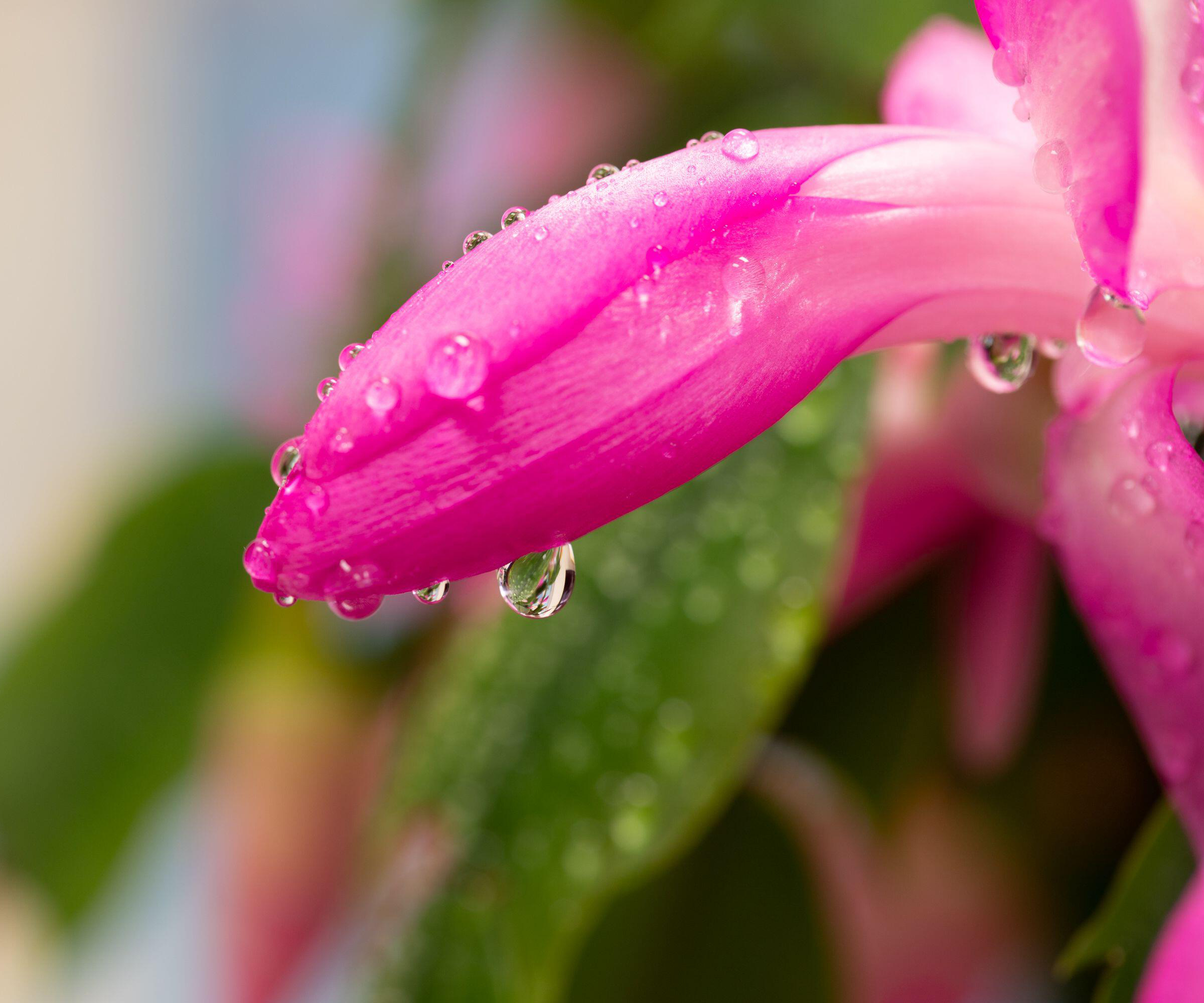
Too dry an environment won't suit your plant
While holding back on excessive watering is beneficial, don’t forget to keep humidity levels relatively high, given Christmas cactuses’ origins as rainforest plants.
'They are ideal for humid environments, such as kitchens and bathrooms,’ says gardens writer Sarah Wilson. Alternatively, look for other ways to boost humidity around indoor plants. You could use this glass mister from Amazon, for instance, which has a pretty vintage design.

Sarah Wilson has been writing about flowers, plants, and garden design and trends since 2015. Having already studied introductory garden and landscape design as well as a course in floristry, she is currently adding to her list of qualifications with an RHS Level 2 course in the Principles of Plant Growth and Development.
3. The wrong light conditions
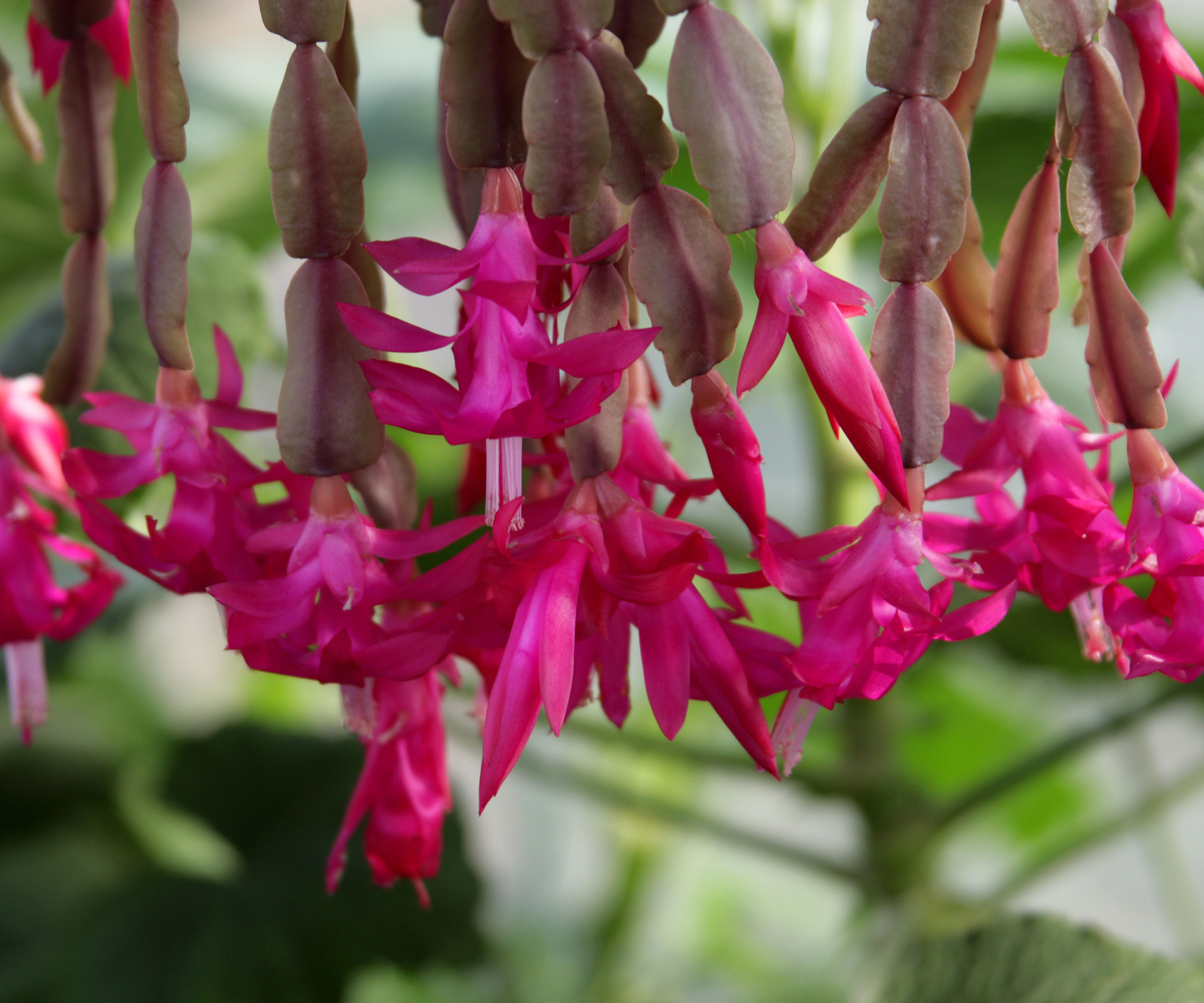
Keep your Christmas cactus out of strong sun
Striking a balance here is key. Direct sunlight can scorch the leaves of your Christmas cactus, while insufficient light in the day can reduce the amount of blooms.
For example, if it's in a bright, south-facing room, it should be kept at the furthest point from the window. In a darker room, you might try it on the windowsill, provided the spot isn't drafty. Do note that Christmas cactuses need periods of darkness too to help them flower, though.
4. Temperature issues
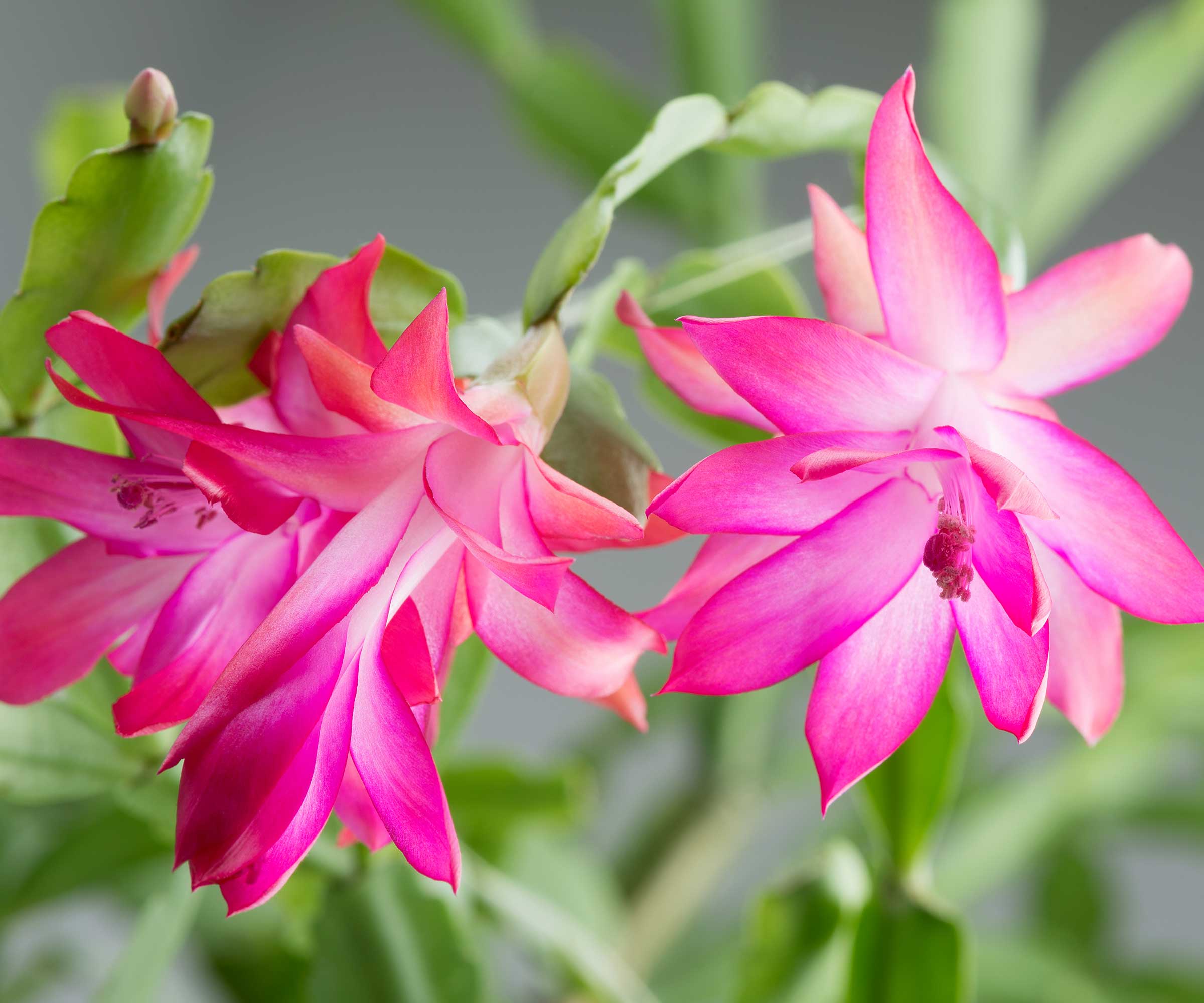
Central heating and air conditioning can damage your plant if it's too close by
Horticulturist Justin Hancock of Costa Farms warns how big swings in temperature can cause bud drop. ‘Avoid drafts, too,' he adds – heating vents and drafty windows can shock the plant.
‘Prolonged exposure to temperatures over about 85ºF may potentially cause bud drop as well,’ Justin continues.
Note, too, that slightly cooler temperatures at night help encourage a Christmas cactus to bloom. ‘It can go as low as about 55ºF at night (but it still wants to be warm during the day),’ Justin says. ‘If you keep it in a spot where it’s 75ºF day and night, for example, it may not be able to bloom.’

Justin Hancock is a Costa Farms horticulturist with over 25 years in the industry. A plant enthusiast and educator, he has a degree in horticultural science and has worked in garden centers and botanical gardens, as a garden designer, and in garden publishing. He has experience gardening across the country, from Minnesota to Miami to Oregon. Justin is also co-host of the Costa Farms podcast Plant Rx.
5. Too much fertilizer
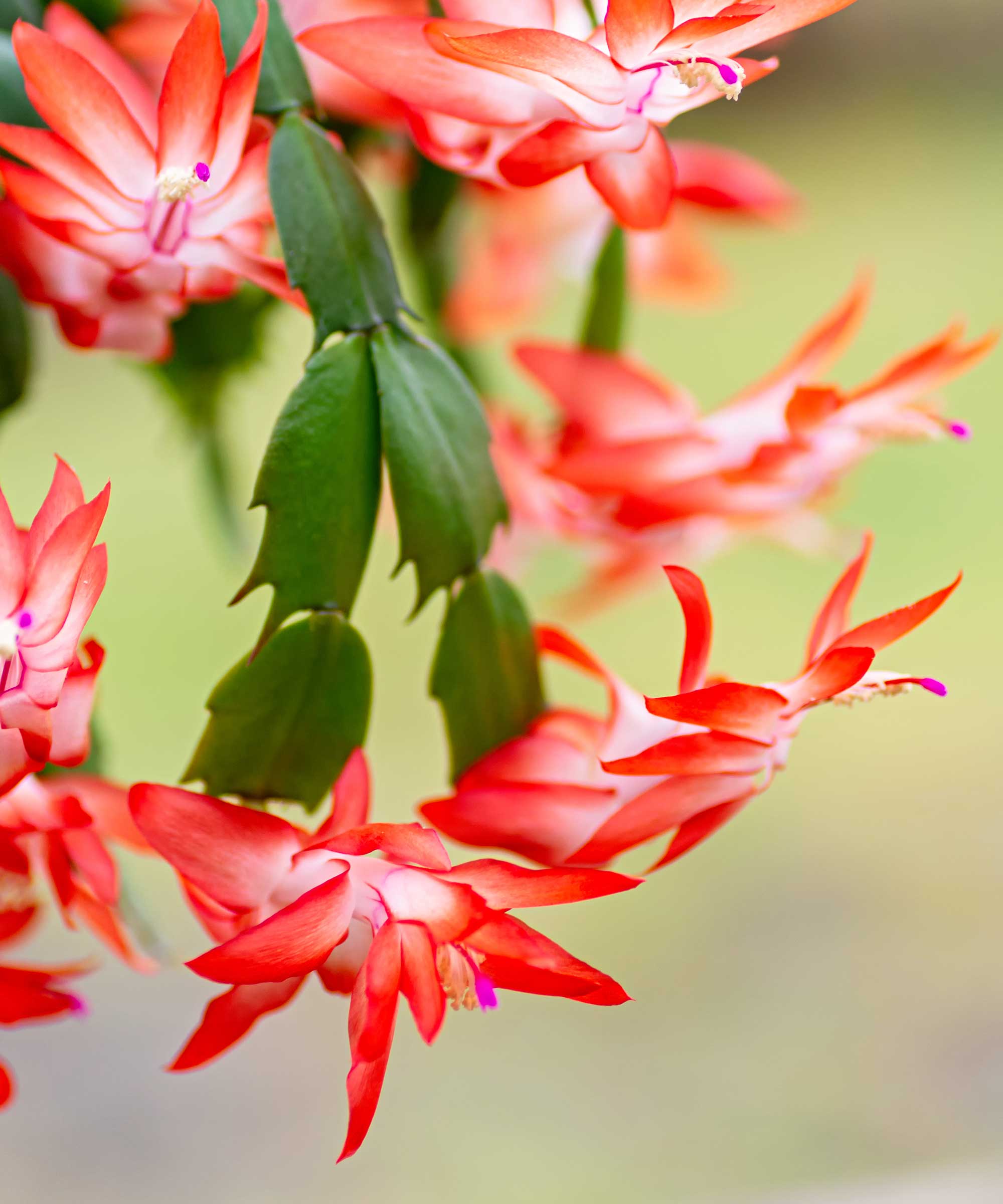
A touch of fertilizer will bring a bounty of blooms
A general-purpose houseplant fertilizer applied in spring and summer can help give Christmas cactuses a boost. However, it’s important not to over-fertilize plants as this can damage the roots.
‘It’s not super fussy about the type of fertilizer, but personally, I’m fond of time-release fertilizers,’ Justin says. ‘They slowly release nutrients to the plant over the course of weeks, so it’s a more natural process for the plant and there’s less of a chance of accidentally over-fertilizing compared to the products you mix with water. Plus, since it releases nutrients over time, you can get away with doing it as little as once or twice a year.’
FAQs
What does a stressed Christmas cactus look like?
When a Christmas cactus is under stress, you may notice brownish-red or pink leaves, which can result from insufficient watering or excessive sunlight. Other telltale signs are limp foliage, a lack of flowers, or buds falling off before they’ve bloomed.
Can I save my struggling Christmas cactus?
If you’ve made a mistake with your Christmas cactus care, all may not be lost. Repotting a Christmas cactus into fresh soil can be helpful if you’ve overwatered or over-fertilized it, which also gives you a chance to remove any dead roots.
If light or temperature is the issue, move the plant somewhere more suitable and monitor it closely for signs of improvement. This bluetooth thermometer from Amazon is a useful tool to help get houseplant environments right, as it measures humidity levels, too.
Looking to grow your plant collection? Healthy Christmas cactuses can be propagated easily if you follow the tips in our dedicated guide.
Sign up to the Homes & Gardens newsletter
Design expertise in your inbox – from inspiring decorating ideas and beautiful celebrity homes to practical gardening advice and shopping round-ups.

Teresa was part of a team that launched Easy Gardens magazine two years ago and edited it for some time. Teresa has been a Gardens Editor at Homes & Gardens, Country Homes & Interiors and Living Etc magazine since 2020 and has developed close working relationships with top garden designers, and has been exposed to an array of rich garden content and expertise.
- Holly CrossleyContributing Editor
-
 Is the viral salt hack the secret to a weed-free patio? A garden expert warns of irreparable, long-term damage – plus reveals the safest way to get results
Is the viral salt hack the secret to a weed-free patio? A garden expert warns of irreparable, long-term damage – plus reveals the safest way to get resultsYou might have seen gardeners on TikTok or Instagram using salt to kill weeds in pavers, but this hack should be avoided at all costs
By Thomas Rutter Published
-
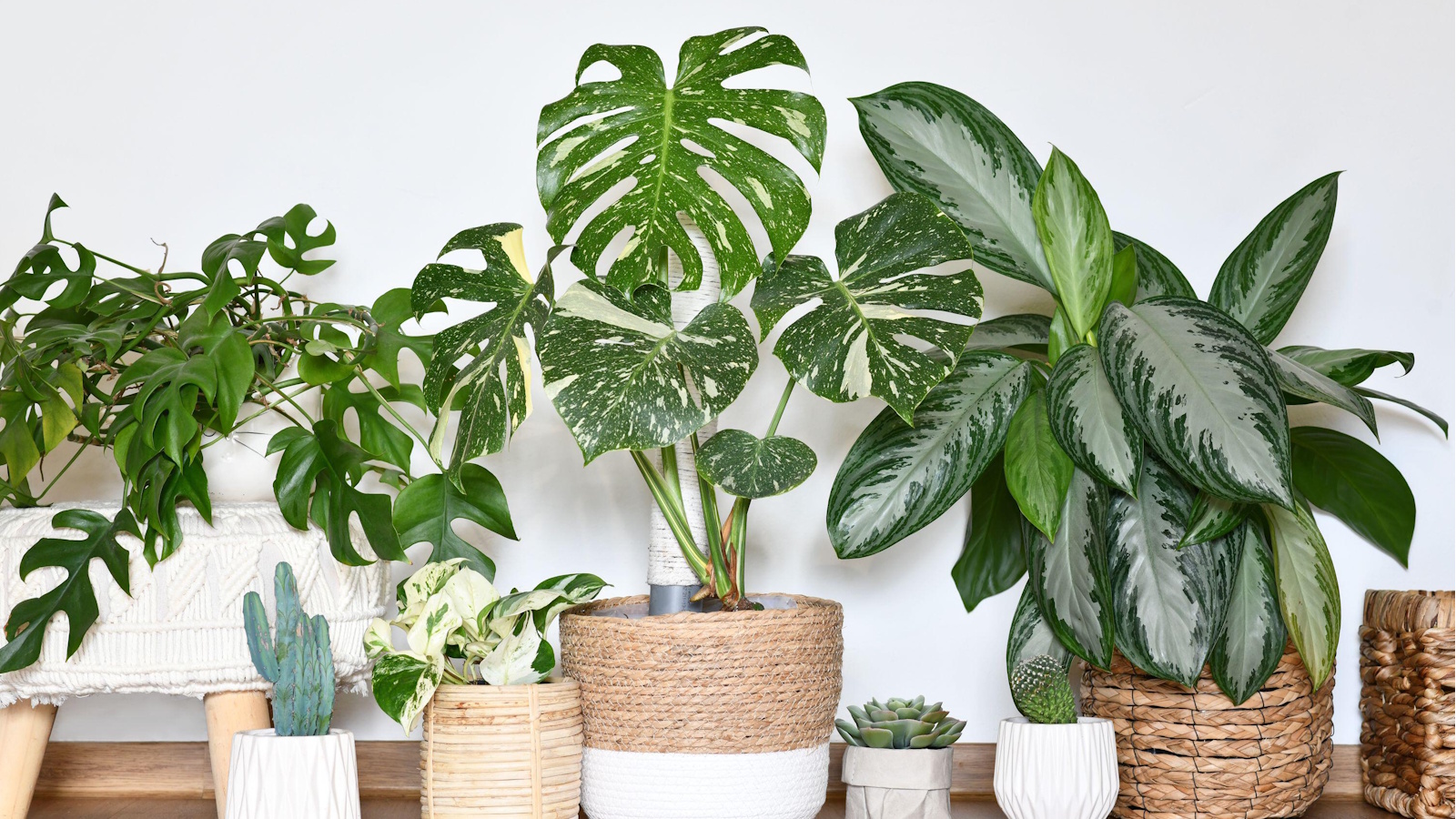 9 longest-living houseplants – expert recommendations and tips for species that can live over 10 years
9 longest-living houseplants – expert recommendations and tips for species that can live over 10 yearsInvest in these houseplants now for years of luscious foliage in your home
By Tenielle Jordison Published